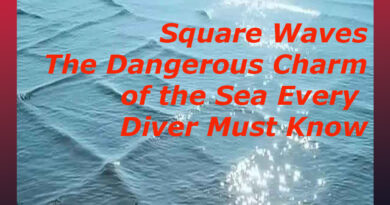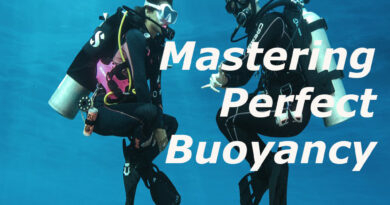Innovations in Scuba Diving Equipment: Safety and Performance at Their Best
|| ScubaLiveTV || Insights || Actuality || Interviews || TV Web || History || Scuba Diving || Freediving || Video collection || Nature and Environment || Collaborate with us ||
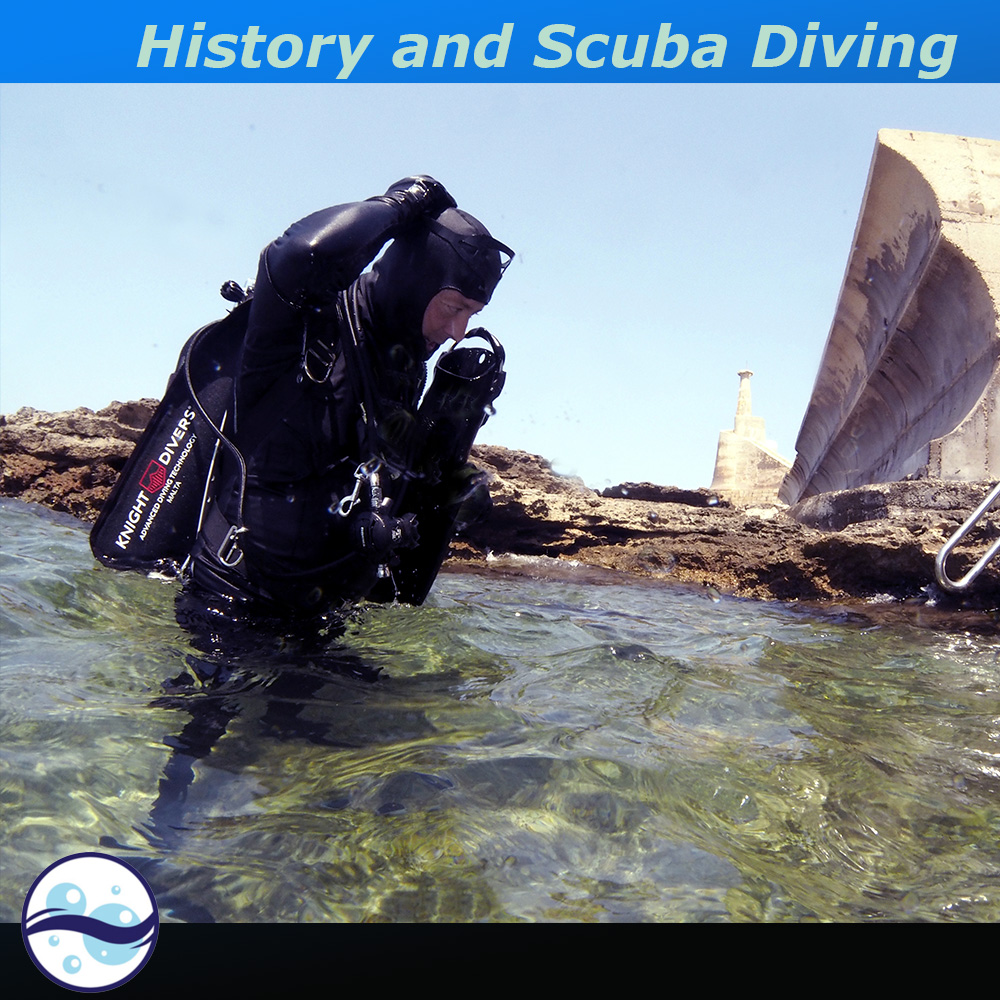
Photo by KNIGHT DIVERS
Innovations in Scuba Diving Equipment: Safety and Performance at Their Best
Diving into the underwater world is a breathtaking experience, in every sense. Whether you’re a curious beginner eager to explore the ocean depths or an experienced diver seeking new adventures, modern scuba diving equipment is making this passion safer, more comfortable, and more accessible than ever. Over the past few decades, technological advancements have transformed how we explore the oceans, enhancing not only performance but also safety, ensuring every dive is an unforgettable journey. Let’s dive in and discover how today’s gear is opening the doors of the sea to everyone, from novices to professionals.
A Past of Courage, a Present of Technology Rewind a few decades: in the 1940s, Jacques Cousteau and Émile Gagnan invented the Aqua-Lung, the first self-contained breathing apparatus that made scuba diving accessible to many. Back then, equipment was heavy, bulky, and required lionhearted courage to brave the depths. Today, thanks to advancements in materials, electronics, and design, scuba gear is a hub of innovation. You don’t need to be a superhero to explore the sea: new technologies are designed to make the experience intuitive, even for those new to this world.
Masks and Dive Computers: A Vision of the Future Let’s start with the mask, your window to the vibrant colors of coral reefs. Modern masks, like those with HUD (Head-Up Display) technology, integrate screens that display real-time data: depth, dive time, oxygen levels, and even compass headings. Imagine having a digital dashboard right before your eyes, without needing to look away from a clownfish or a sunken shipwreck. These devices not only enhance safety but also make diving more immersive, especially for beginners who want to feel at ease.
Dive computers have become indispensable. No longer just wristwatches, they calculate decompression times, monitor air consumption, and connect via Bluetooth to your smartphone for post-dive analysis. For beginners, these devices offer simplified modes that guide you step-by-step, reducing the risk of errors and making learning smoother.
Rebreathers: The Silent Revolution If you dream of longer, quieter dives, rebreathers are the answer. Unlike traditional open-circuit systems that release bubbles with every breath, rebreathers recycle exhaled air, removing carbon dioxide and adding oxygen. This extends underwater time—up to three hours or more—and minimizes disturbance to marine life, letting you get closer to shy creatures like seahorses or octopuses. Devices like the Poseidon Se7en+, lightweight and compact, are increasingly accessible to recreational divers, not just professionals.
For newcomers, rebreathers may seem complex, but modern models include sensors and automatic alarms that monitor gas mixtures, making them safer to use. It’s like having a personal assistant watching over you as you explore a wreck or underwater cave.
- Divemaster PADIDescription: The PADI Divemaster course organized by Underwater Academy is a pivotal step for those pursuing a career in the diving industry. Through this advanced program, students acquire specialized skills
- EFR Instructor PADIThe PADI Emergency First Response Instructor certification ensures confidence in one’s ability to respond effectively and is recognized and appreciated by the diving community and instructors. Sharing acquired knowledge and
- PADI Public Safety DiverIf you have the opportunity to work with local authorities and be part of an underwater rescue team, conduct search and recovery dives, or even participate in underwater criminal investigations,
Materials and Design: Lightweight and Comfortable Old-school gear was as heavy as armor. Today, materials like carbon fiber, titanium, and advanced polymers make equipment lighter and more durable. Fins, for example, are designed to maximize propulsion with minimal effort, perfect for beginners learning to manage energy underwater. Modern BCDs (buoyancy control devices), like the GR 13 Ultralight, fit like a glove, with weight systems that simplify buoyancy control—a critical skill for novices.
Wetsuits have also evolved significantly. High-density neoprene or “sharkskin” models offer thermal insulation without sacrificing flexibility. Some, like the Fourth Element Halo AR, incorporate active thermal layers to keep you warm in the coldest waters, letting you enjoy your dive without shivering.
Safety First Safety is at the core of these innovations. Modern regulators, like the Apeks XTX200, ensure smooth breathing even at great depths, with anti-freeze systems for cold-water dives. Location devices, such as the Nautilus Lifeline transmitter, allow you to signal your position in emergencies—a lifesaver for those venturing far from the boat. For beginners, many scuba courses now include virtual simulators to prepare for real-world scenarios, reducing first-dive anxiety.
Another gem is underwater communication systems. Devices like the Ocean Reef GSM let you talk underwater with your dive buddy or the surface, making the experience safer and more social. Imagine sharing the thrill of spotting a sea turtle in real time!
An Invitation for Everyone These innovations aren’t just for seasoned divers—they’re a bridge for those trying scuba for the first time. Modern gear is intuitive, lightweight, and designed to make you feel comfortable, even if you’ve never set foot in the water. PADI courses for beginners are more accessible than ever, and with the right equipment, you can dive into a world of corals, colorful fish, and mysterious wrecks worry-free.
So, what are you waiting for? The ocean is ready to share its stories. Whether you’re curious about exploring a coral reef or discovering a shipwreck, today’s gear will guide you safely and in style. Grab your mask, adjust your BCD, and dive in—your underwater adventure is about to begin!
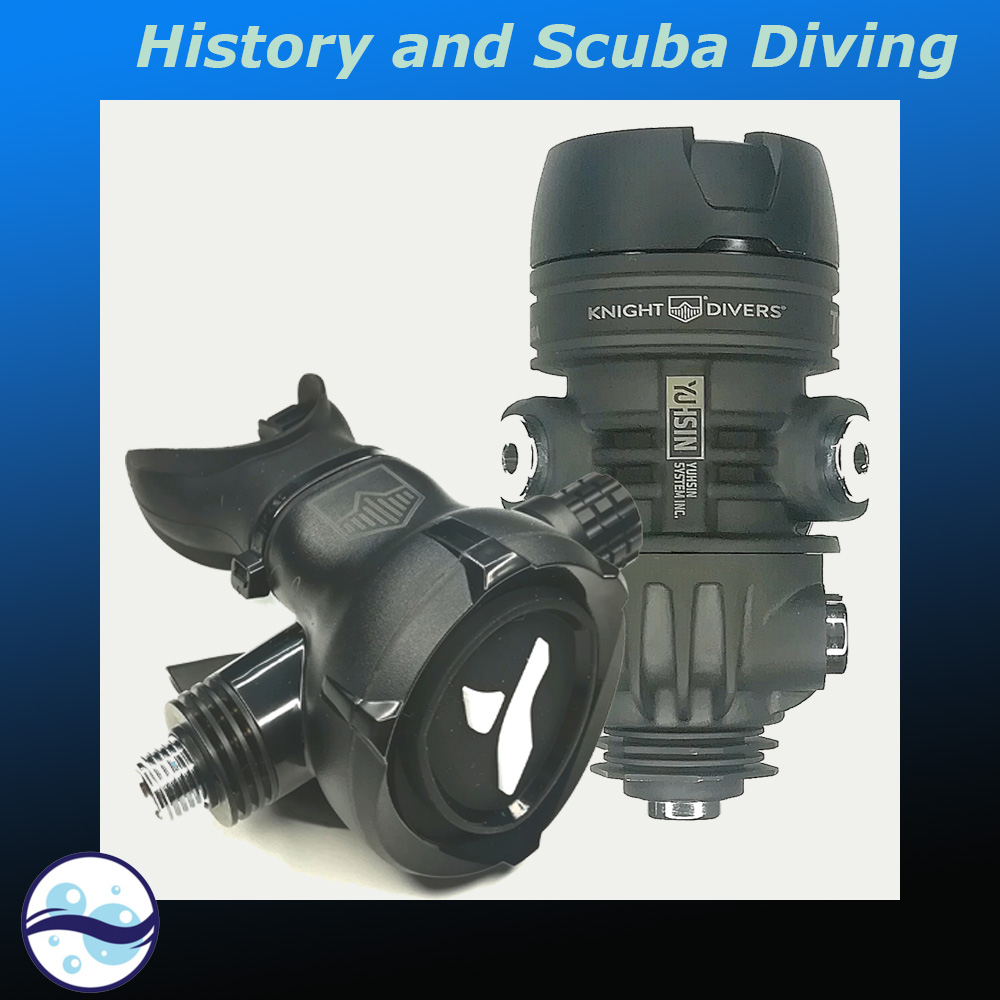
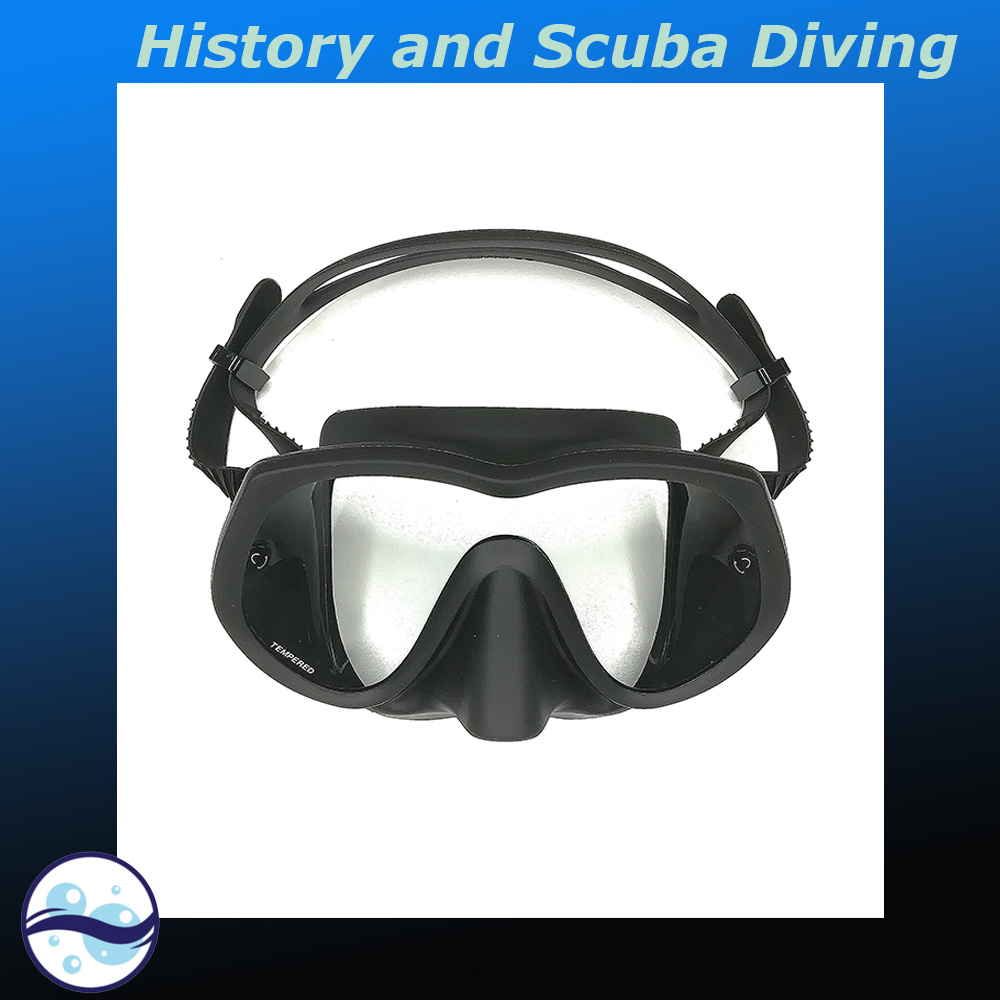
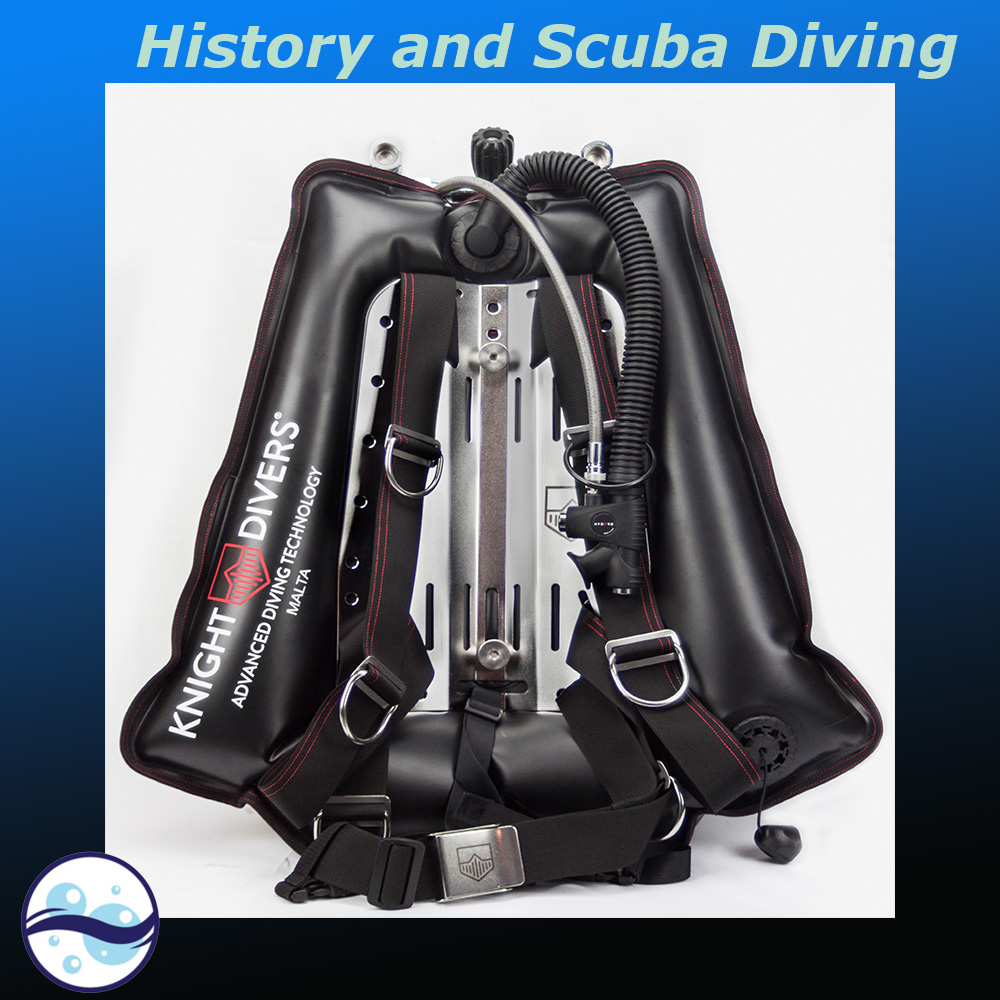
Photo by KNIGHT DIVERS











